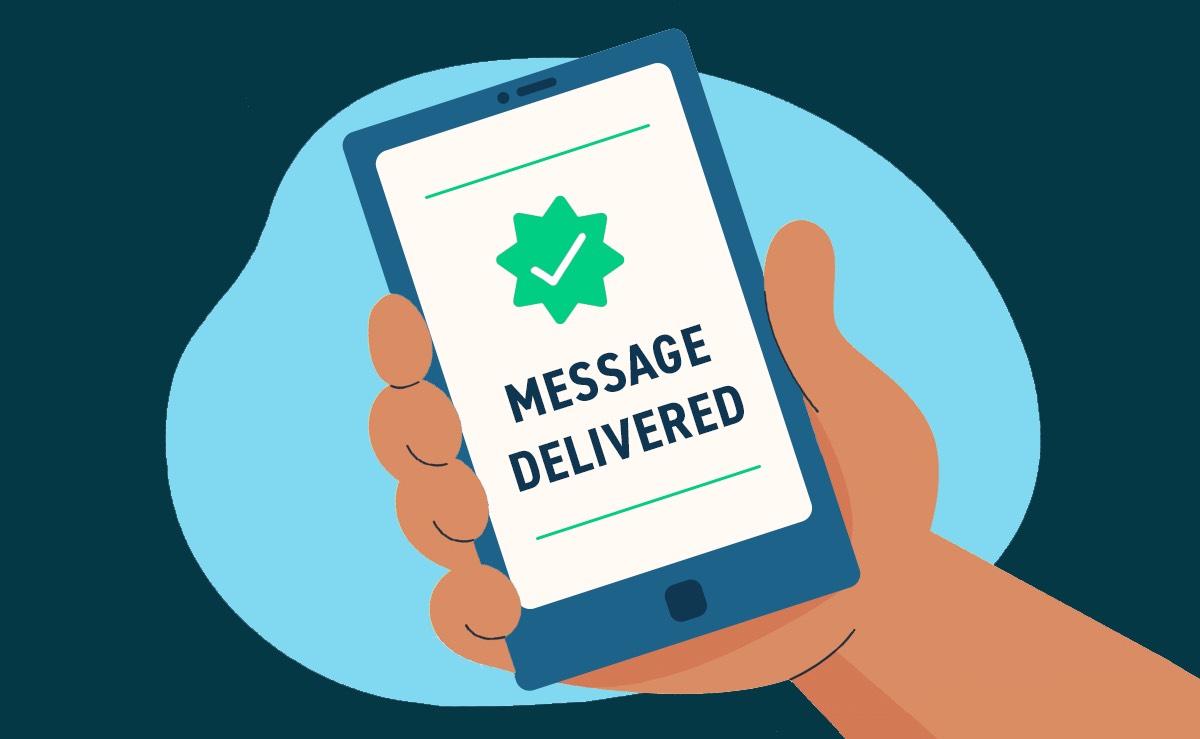The Secret to Email Fundraising Success (Hint: It’s Not What You Think!)

We all know that email is one of the biggest drivers of digital revenue for nonprofits — usually only second to that all-powerful website itself.
So what’s the “secret sauce” to success in this critical fundraising channel? Is it copy that brings tears to your eyes? Eye-popping visuals that get your heart racing? A suspenseful subject line that gives you no choice but to open and read on?
With all due respect to all the talented copywriters, and brilliant designers, and clever marketers who populate our profession, the answer is…
It starts with the boring stuff.
Like — are your emails actually delivering to your audience? That’s kind of, really, totally, incredibly important.
If you are new to mass email fundraising… or recently underwent a data migration… there are a number of critical steps you need to take to ensure that email service providers are not flagging your appeals as spam or even blocking your deliveries altogether.
Segmentation
The first step is segmenting your email list into groups such as active, lapsed, subscribers, sustainers, etc. Sending primarily to engaged segments helps keep your open rates healthy and spam complaints low — and also allows targeted messaging that’s relevant to each audience within your constituency.
IP Warming
Once you have identified your most engaged audience, IP warming is essential to build your reputation as a legitimate and trusted IP — and avoid having your emails flagged as spam or blocked altogether. This process of gradually increasing the volume of email you send is essential to establishing a positive reputation with Internet Service Providers (ISPs) such as Gmail, Yahoo, and Outlook.
Monitoring
If you carefully monitor your performance — tracking bounce rates, open rates, click-throughs, and spam complaints — you can adjust your pace or even pause to ensure delivery problems don’t snowball and damage your sender reputation. Also, pay attention to your inbox placement rate — a key metric that tells you whether your emails are actually landing in the inbox or being filtered into spam.
Email Validation
Email validation is another crucial step in building and maintaining your email list — it helps ensure that the email addresses you collect are real, accurate, and safe to send to. Emailing large volumes of invalid or non-existent addresses will result in too many “hard bounces” — a red flag to email service providers that can severely damage your entire email program. After your initial validation, run periodic validations (e.g., quarterly) to weed out inactive or undeliverable addresses.
ECOA (Email Change of Address)
Finally, consider running an ECOA — Email Change of Address. This is a process used to update invalid or outdated email addresses with new and valid ones. This will allow you to continue to steward your donors and constituents after they change email providers or switch to using a new address. The process is pretty straightforward: You submit your list of bounced, inactive, or otherwise outdated email addresses to an ECOA provider, and they will match those against a large database of known email address changes compiled from consumer activity, registration data, etc. They return updated addresses for matches and — voila — you can resume your conversation with these donors and prospects.
The Bottom Line
Powerful storytelling, captivating visuals, and brilliant subject and from lines do matter. A lot!
But your emails won’t have a chance to touch hearts and open pocketbooks unless they actually land in inboxes. Email deliverability isn’t glamorous — but it is the first step in a successful email fundraising program. Master these technical and tactical steps and give your brilliant creative and marketing teams the best chance to inspire, engage, and raise more money!
Like what you read? Check out this related post:
